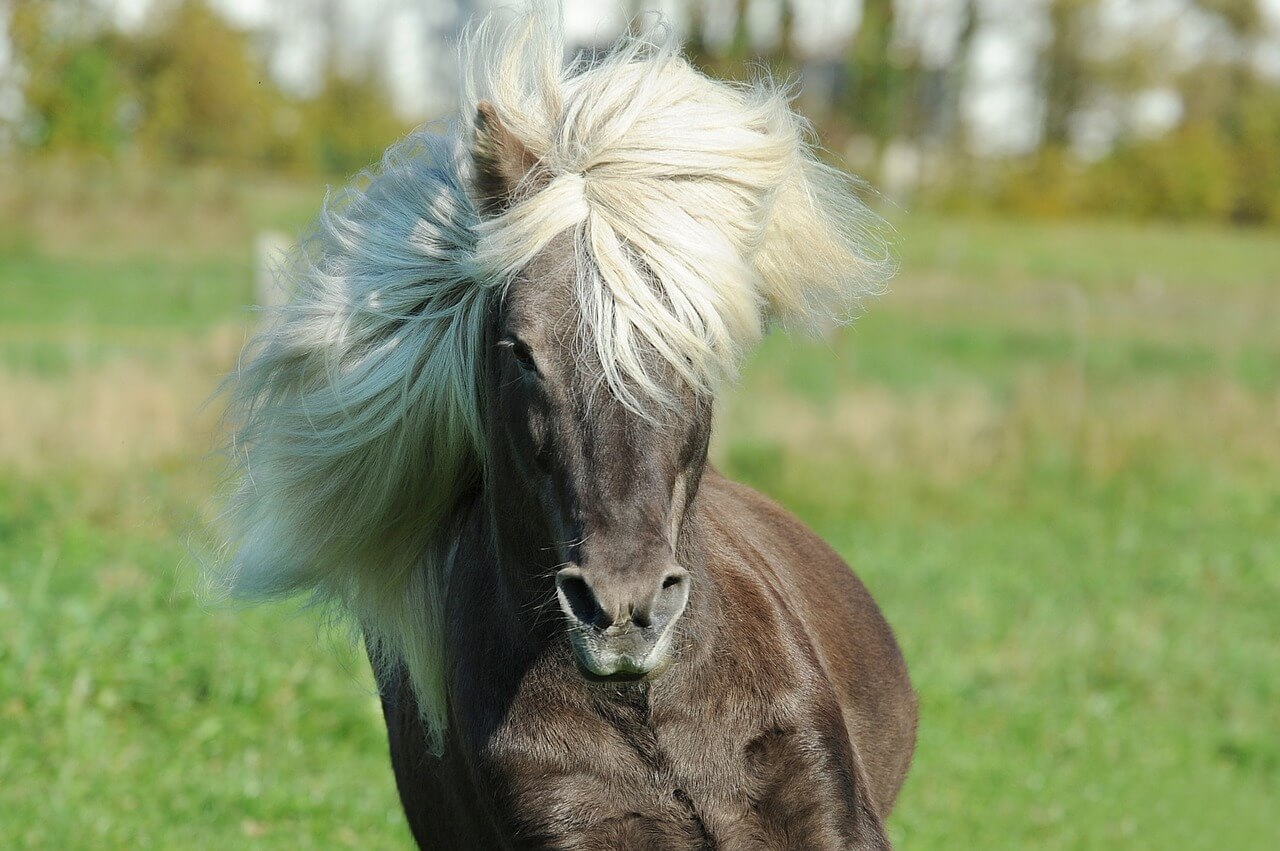
Like humans, a horse’s coat and hair depend on a whole host of factors, both genetic and environmental. If your horse has a bit of a sparse mane or short tail and you’ve been waiting for what seems like ages for it to grow, you might be wondering how fast a horse’s hair growth is and what you can do to change it.
The abundance of fake tails, horse mane growth products and special shampoos and supplements gives you a hint that horse owners are just as paranoid about their horse’s manes and tails as they are about their own hair. Unfortunately, a lot of hair growth is determined by genetics (as in humans) so your Thoroughbred is probably never going to have a mane as thick as his Welsh pony counterpart. However, most horses can grow stronger and longer manes and tails with the right care.
So how fast do manes and tails actually grow? The answer depends on the individual horse’s genetic makeup, as well as his or her diet, environment, the season and other factors. One study has shown that even in very harsh living conditions, domestic horses can show tail growth of one centimetre in just 13 days, and it could be even faster in more hospitable living conditions. Manes? Anecdotally, it appears that a horse’s mane will grow anywhere from half an inch to 1.5 inches in a month, depending on the breed of the horse and other factors. Often, heavy breeds like cobs and draft horses will have quicker mane and tail growth, and the hair will be thicker.
So if you’re wondering what can you do to help your horse’s mane and tail grow faster and thicker, here are a few tips:
- Use a shampoo for hair growth, which can help in some cases.
- Leave-in conditioners can also be helpful, according to many owners
- If your horse rubs his mane or tail, consider trying to find and treat the root of the problem, as breakage will make the hair shorter and thinner.
- Check out your horse’s diet and ensure that it is well-balanced, contains enough vitamins and minerals, and provides your horse with sufficient nutrients and energy. If not, all his spare energy will go on far more crucial things than growing his mane and tail!
- You can also consider adding a good hoof supplement to his feed, as this will help promote healthy hair, as well as good skin and stronger hooves
- Don’t brush the mane or tail too often. It may seem like brushing would promote growth but in fact, it breaks the hairs and will cause more harm than good. When you do brush the hair, make sure that it is clean and you have used a detangler.
- If it isn’t too warm, use a blanket or fly sheet with a neck to protect the mane, and a tail bag or bandage to protect the tail. If it’s too hot, then try plaiting the mane straight down instead to protect it from tangling and snagging.



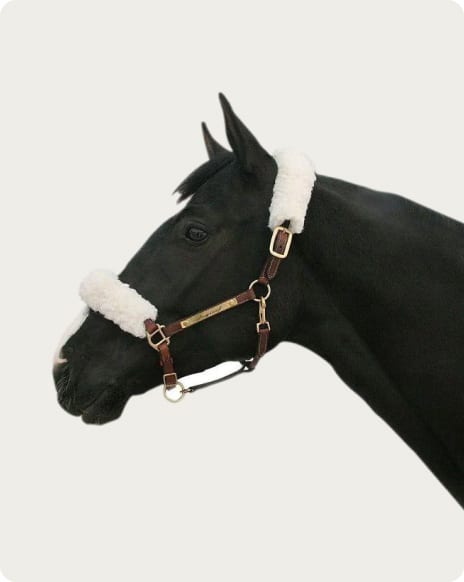
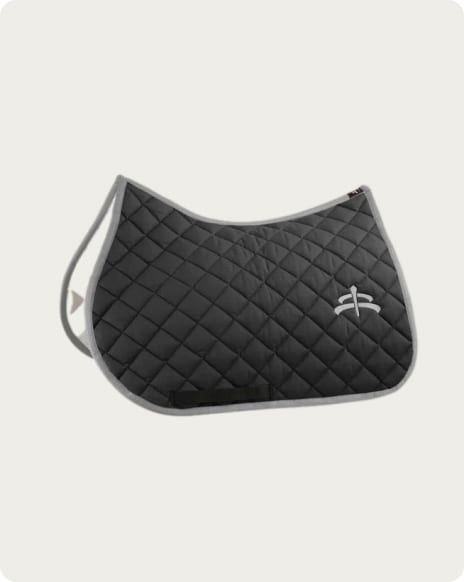
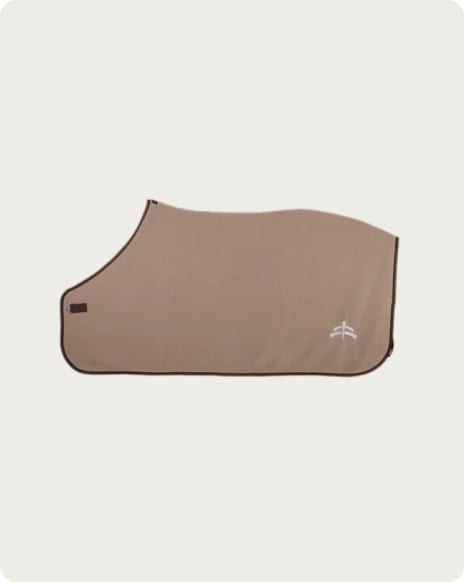
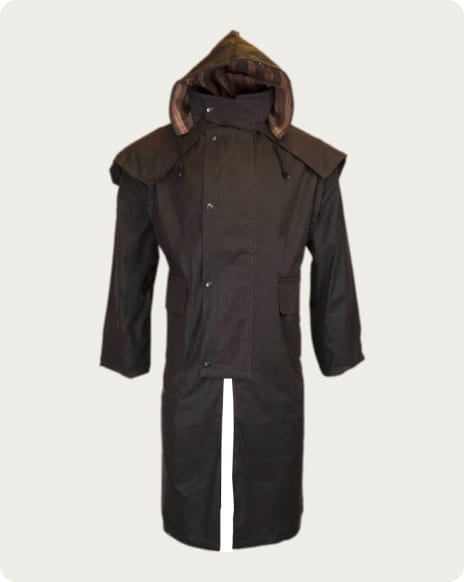
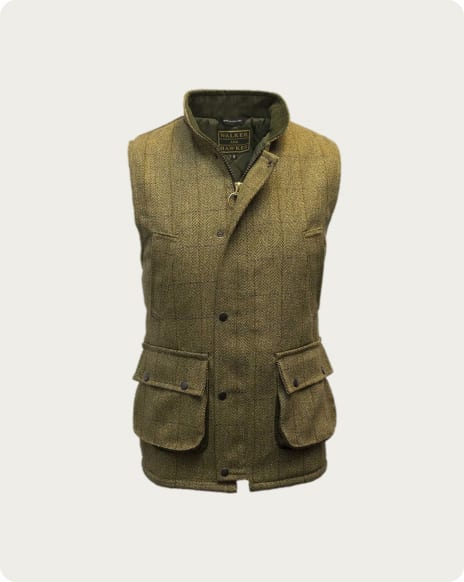
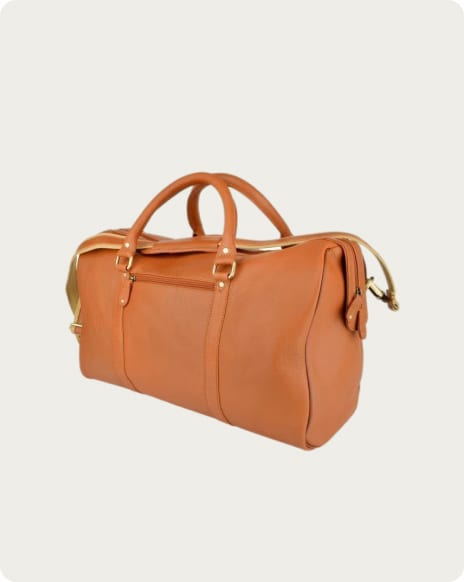
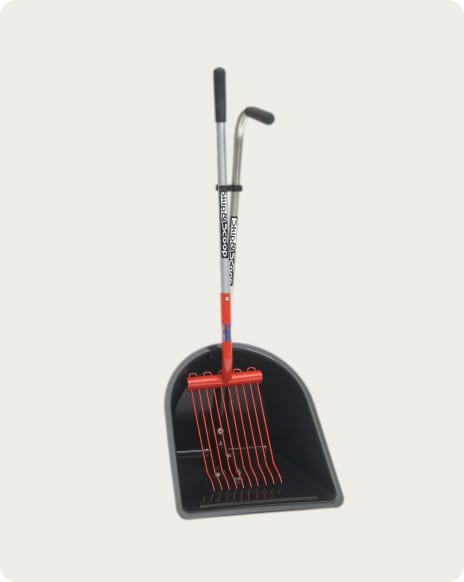

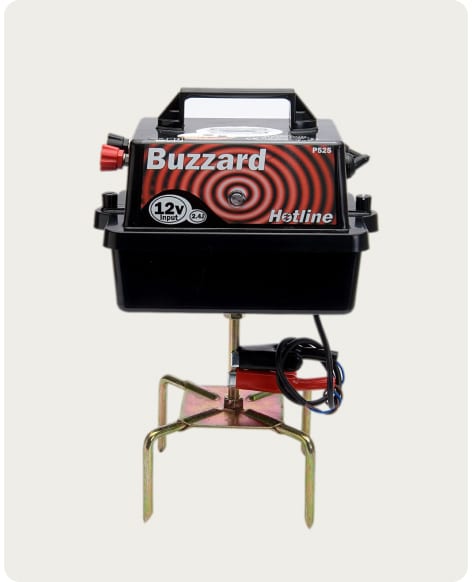
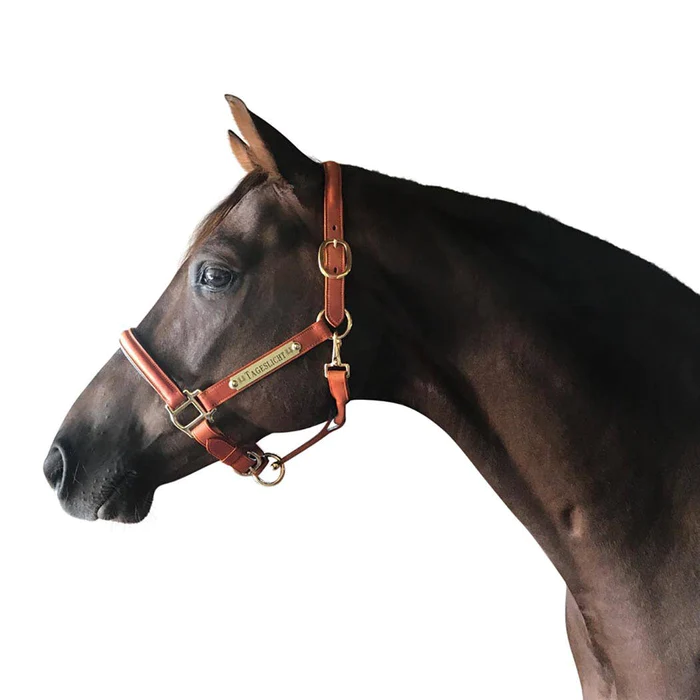
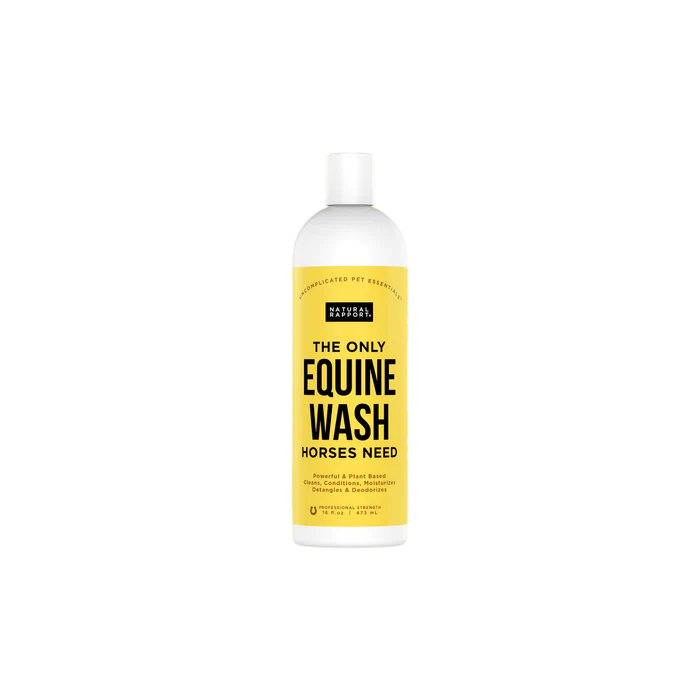
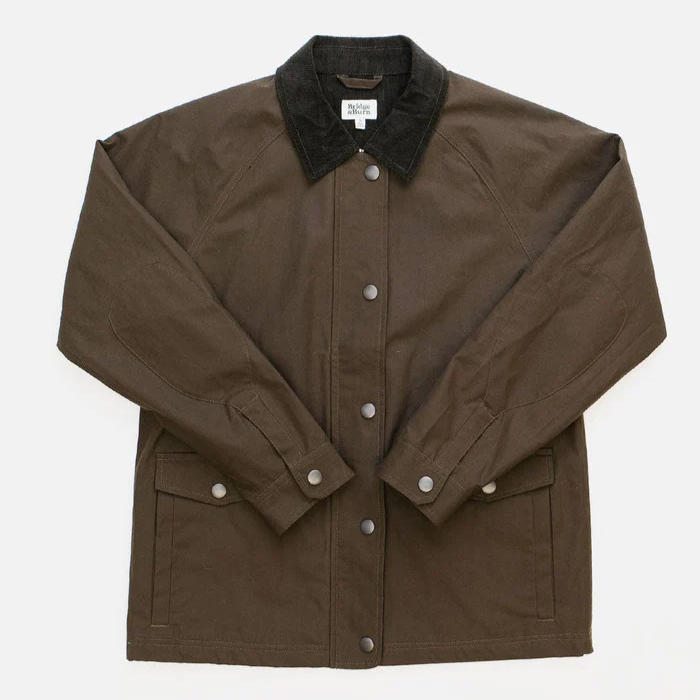

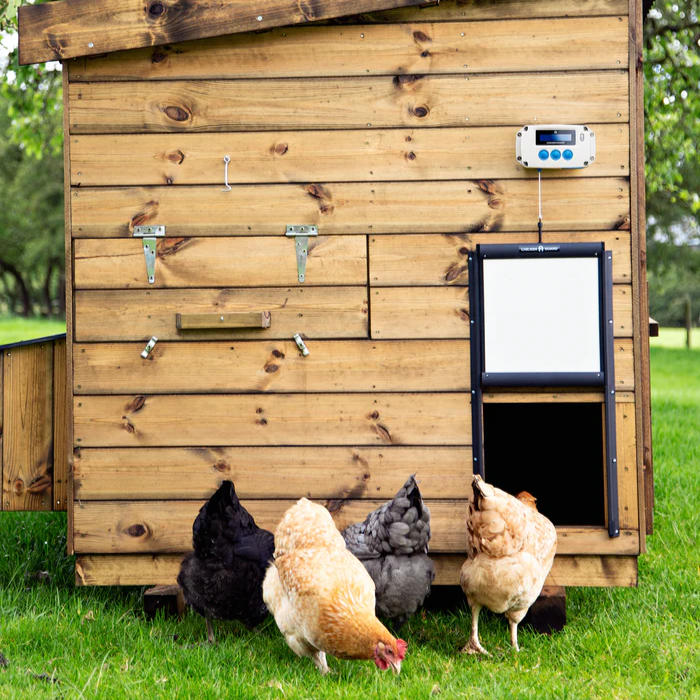



1 comment
Jane Jones
The tail keeps flies away. To braid a tail for the sake of YOU wanting to keep your horse looking pretty is without reason, unkind. 1.braided hair makes the into a semi whip 2 a whip can be sore and when the horse flicks it’s tail it’s whipping itself. 3. The tail doesn’t fan open to swat flies. It’s like trying to sway flies or gnats with a plaited ponytail or crop 3. It exposes the horses under tail and opens it up to flies … that’s pretty unreasonable. God made the tail like it is. For good reason. Groom your horse. Braid for shows. But for the comfort of your horse. Leave it alone and let it enjoy feeling comfortable about itself and in its own skin naturally.
The tail keeps flies away. To braid a tail for the sake of YOU wanting to keep your horse looking pretty is without reason, unkind. 1.braided hair makes the into a semi whip 2 a whip can be sore and when the horse flicks it’s tail it’s whipping itself. 3. The tail doesn’t fan open to swat flies. It’s like trying to sway flies or gnats with a plaited ponytail or crop 3. It exposes the horses under tail and opens it up to flies … that’s pretty unreasonable. God made the tail like it is. For good reason. Groom your horse. Braid for shows. But for the comfort of your horse. Leave it alone and let it enjoy feeling comfortable about itself and in its own skin naturally.